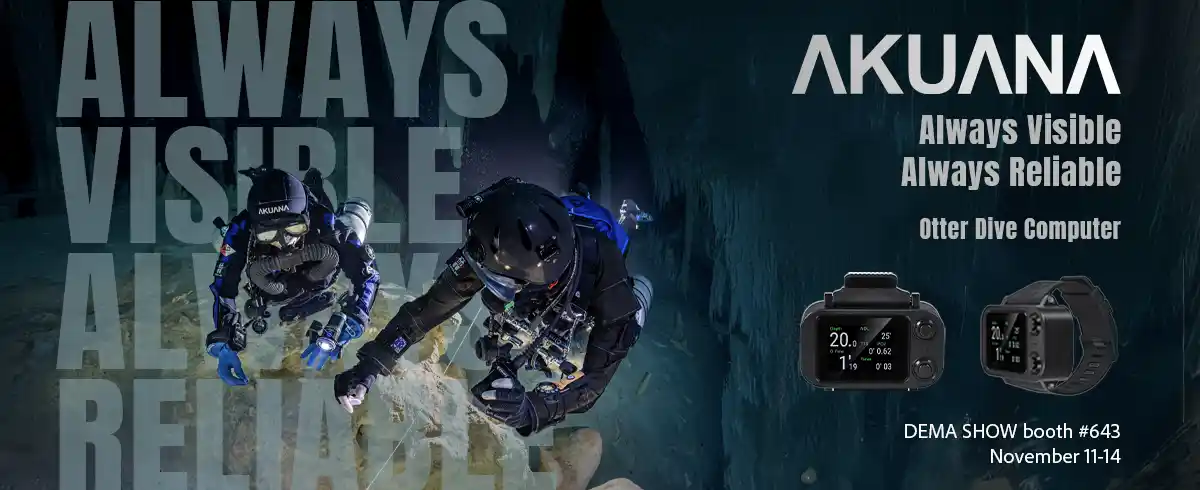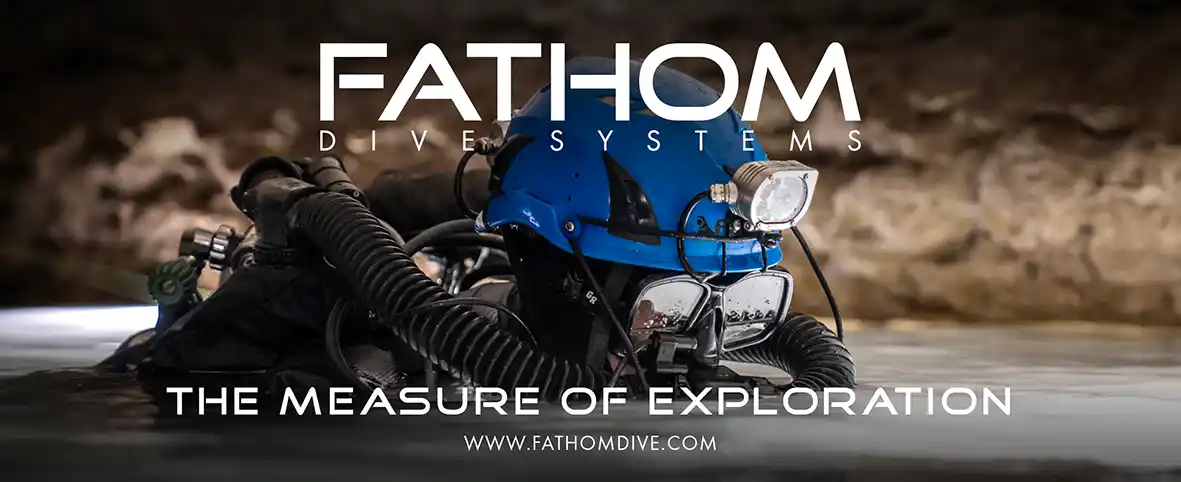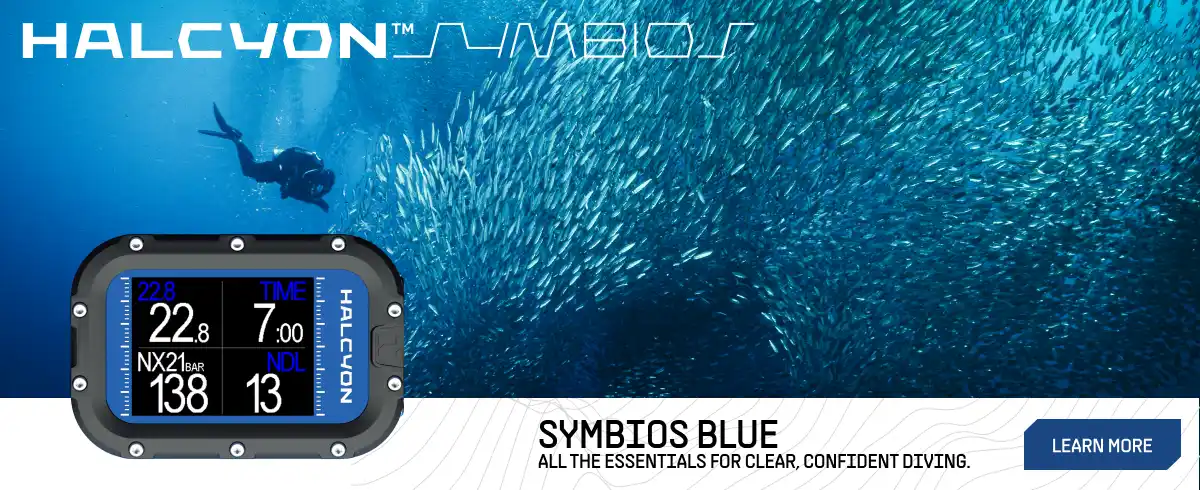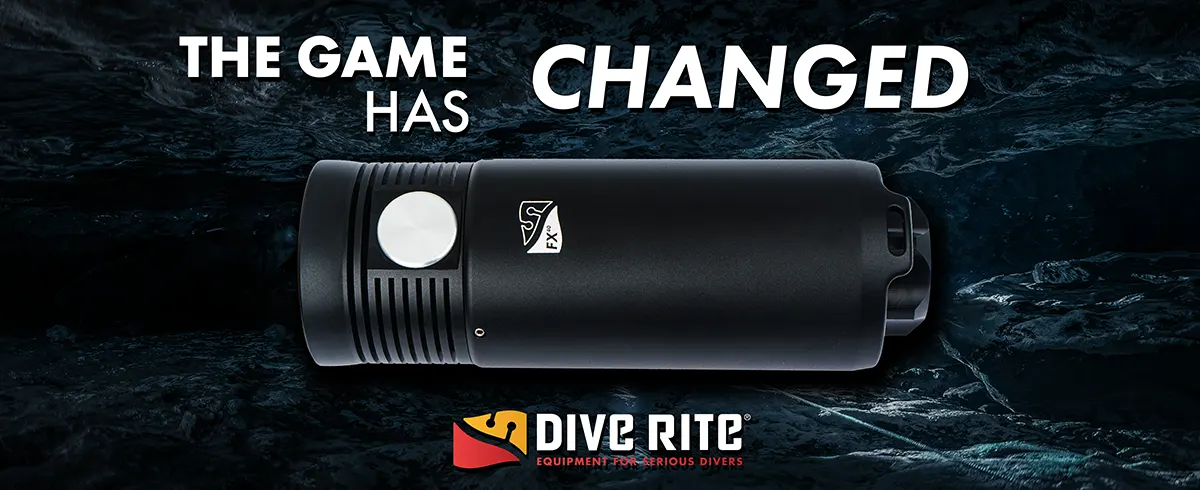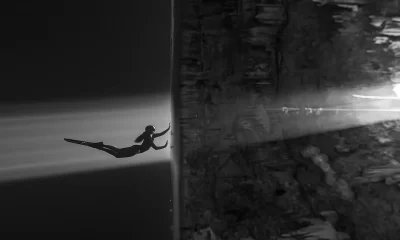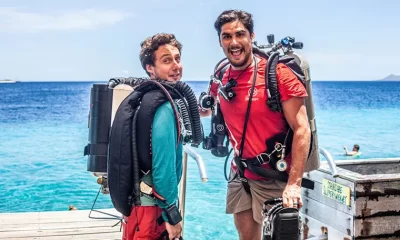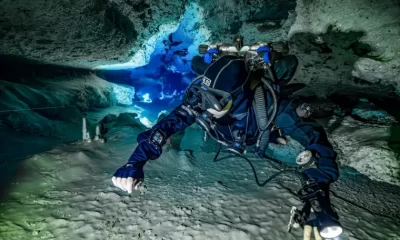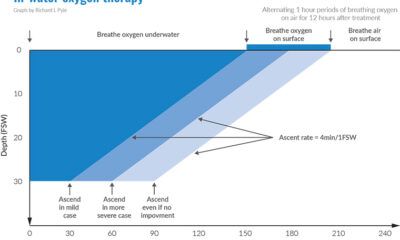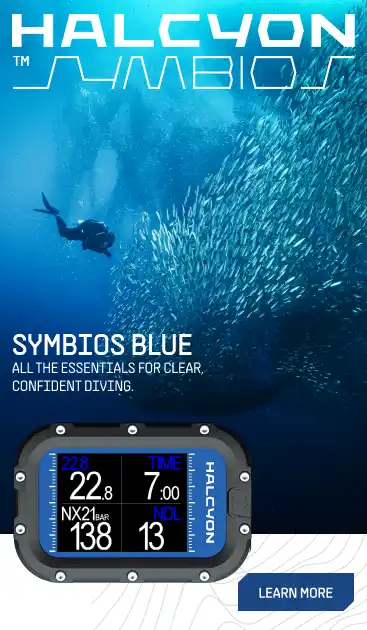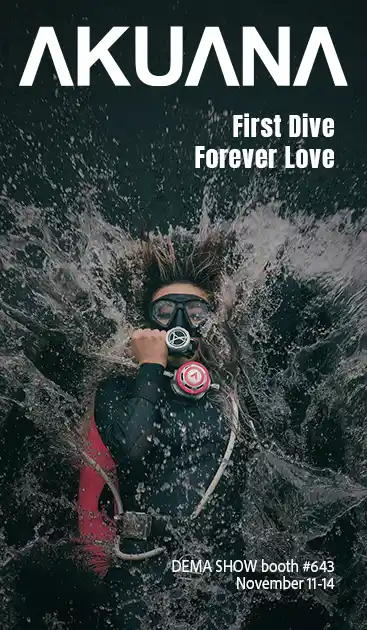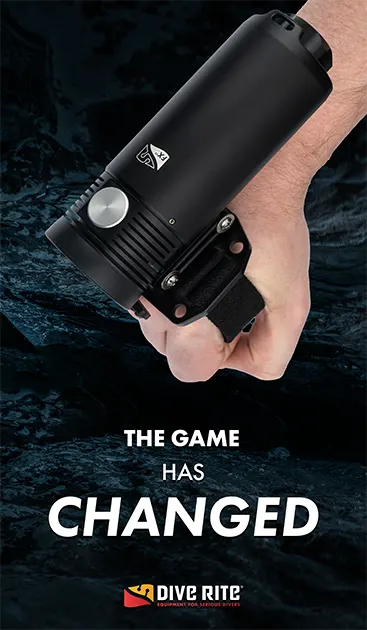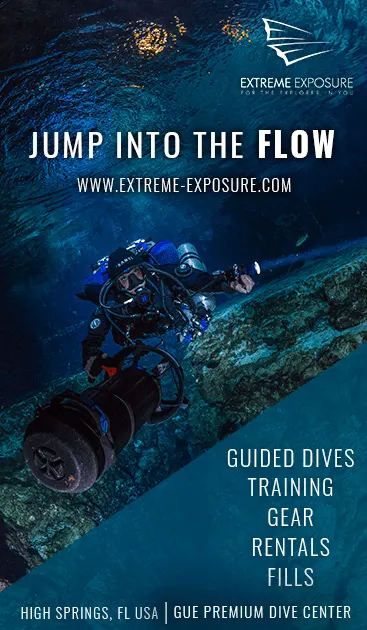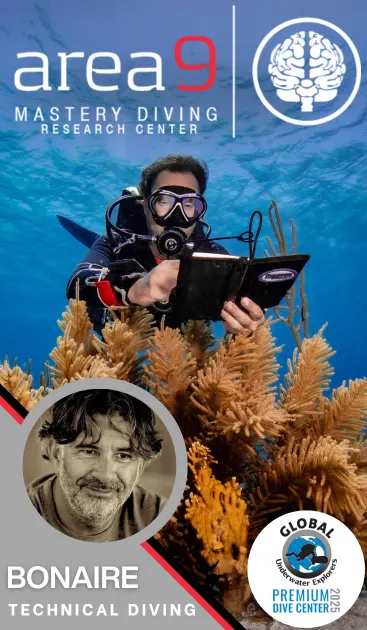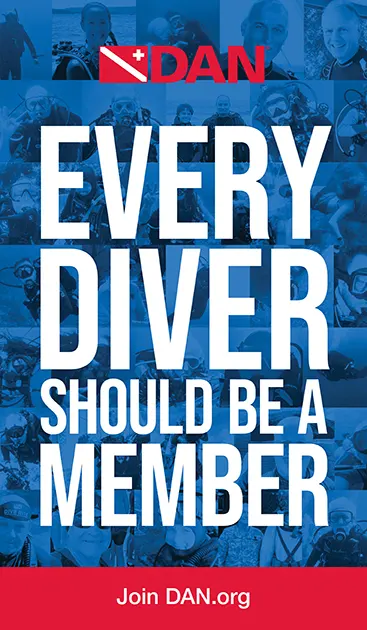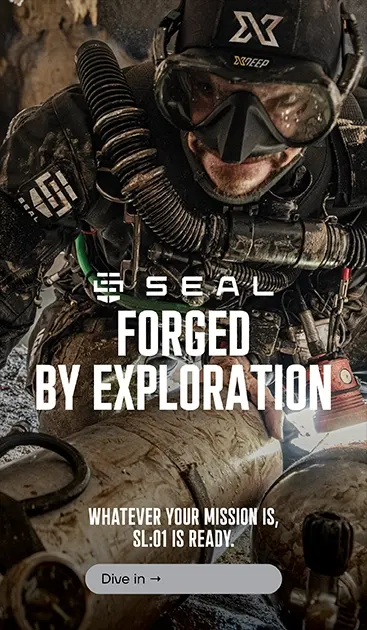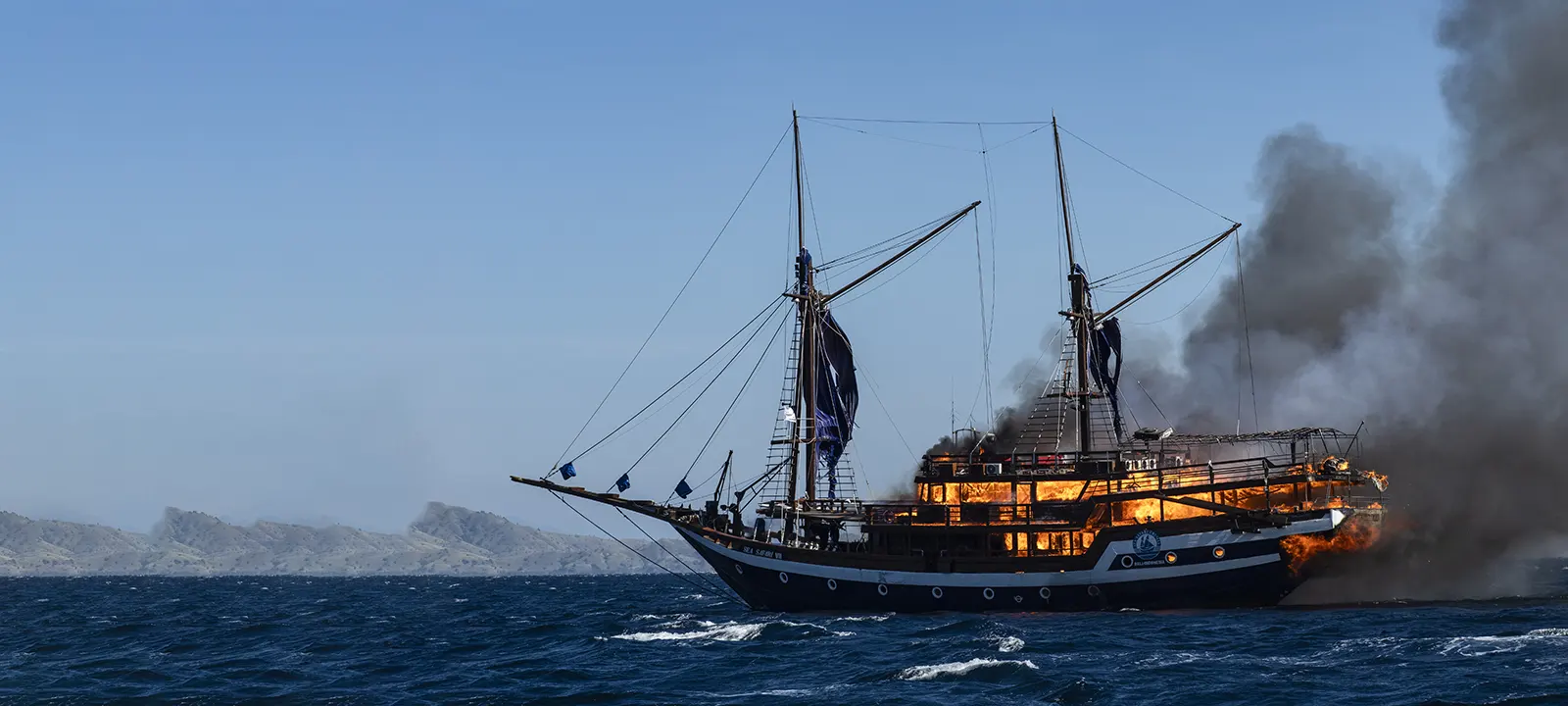
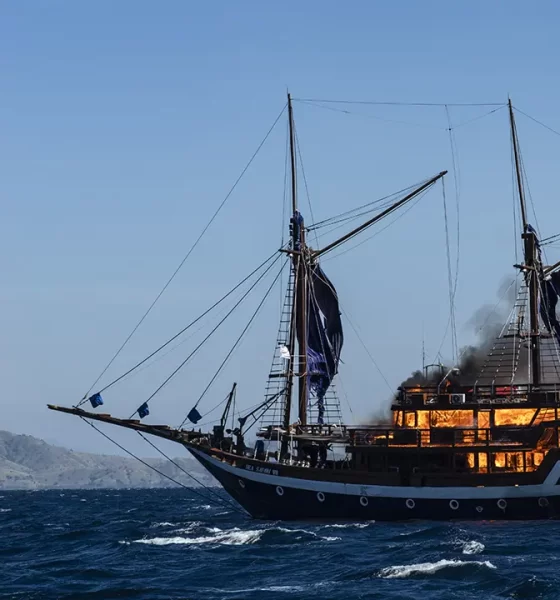
Latest Features
Liveaboard Safety in Crisis: The Deadly Side of Post-COVID Dive Tourism
As liveaboard accidents continue to take a toll following the worst year (2024) on record, dive travel writer Florine Quirion examines the unsettling Post-COVID trends of liveaboard fires, groundings and sinkings, potential causes, and what can be done.
By Florine Quirion. Images courtesy of the author unless noted. Lead image: The Sea Safari VII Indonesian liveaboard on fire (2024), photo by Alex Lindbloom. Fortunately, no lives were lost. The burning ship image below was created with AI courtesy by Georgina Brown. This story was also published in DAN Europe’s Alert Diver magazine.
2019 remains the most dramatic year in diving liveaboard history. With thirty-four casualties, the disaster of the MV Conception in California remains to this day the deadliest maritime disaster in the diving industry. The legal case closed at the end of 2023, and the jury’s conclusions shed light on fire risks, limited evacuation routes, and insufficient safety protocols in general onboard—all of which led to the captain’s conviction. This horrific accident should have been a wake-up call for the entire industry. But as travel reawakened in 2022 after two years of closed borders during the COVID pandemic, the opposite happened.
Reports of fires, groundings, and sinkings have surged; the worst year was 2024, with ten incidents. And, while some might assume budget liveaboards are the primary culprits of cutting corners and neglecting safety protocols, luxury vessels were the subject of the majority of incidents. So, unfortunately, this is not always a matter of getting what you pay for. The situation seems to be far more complex, and it looks like the trend is continuing in 2025.
I visited the floating dockyards of Labuan Bajo, Indonesia and saw firsthand how some liveaboards are built—not from blueprints or naval engineering standards, but from the sound experience of captains and boat builders. While this craftsmanship carries generations of maritime knowledge, it also means that vessels often lack the safety features found on Australian-built ships. Without standardized oversight, even high-end liveaboards can hide critical safety flaws beneath their polished exteriors.

A Systemic Issue?
A review of liveaboard accidents from 2017-2019 versus 2022-2024 highlights a troubling pattern: While only five incidents were reported between 2017 and 2019, twenty incidents occurred from 2022 to 2024 (a staggering increase of 300%). The dates raise concerns about whether the pandemic and the subsequent travel explosion could offer a statistical explanation.
Marta Marrocco, Senior Case Manager at DAN Europe, suggests that the increase in incidents could be linked to the aftermath of COVID-19: “I believe that the increase in liveaboard incidents over the past few years could be attributed to a combination of two factors, both tied to the COVID period.” The first,” she says, “is about scale: “On the one hand, since 2022-2023, people have resumed travelling on a larger scale than before COVID—perhaps seeing this as a way to reclaim freedom after the restrictions we all experienced.”
For the 2022-2024 period, 55% of accidents happened in Egypt (11) and 20% in Indonesia (4). The remaining incidents are shared between Thailand (2), the Maldives (1), Mexico (1), and the Philippines (1). While tourism has more than recovered in the Middle East since the pandemic—especially in Egypt, with 17.5 million international visitor arrivals in 2024, an increase of 34.3% compared to 2019—it has yet to recover in Southeast Asia. In 2024, Indonesia received 13.9 million international visitor arrivals (-13.7% compared to 2019), and Thailand received 35.1 million international visitor arrivals (-12% compared to 2019).
However, these figures must be compared with the distributions of diving liveaboards worldwide. While it is challenging to find the exact number of ships operating from the Red Sea to the Pacific Ocean, one of the most popular online booking platforms, Liveaboard.com, currently offers 80 liveaboards in Indonesia (26% of the total), 68 in Egypt (22%), 44 in the Maldives (15%), and 31 in Thailand (10%) for a total of 223 liveaboards out of a global fleet of 316, which run approximately 23,000 trips per year. When we do the math, if there is a worrying trend, it is the one happening in Egypt.
Marta Marrocco says that the second contributing factor to the rise of liveaboard accidents is financial: “Many liveaboard operators, whose businesses were halted during the pandemic, may not have had sufficient income to properly maintain their vessels during that lean period. The subsequent surge in demand for cruises, coupled with the use of boats that perhaps didn’t receive adequate upkeep, might likely be the cause of the higher number of incidents.”
This perspective is echoed by Pete Mesley of Lust4Rust Diving Expeditions, “I think the world shutting down during COVID made a massive impact on things. Shortly after the borders reopened, everyone was scrambling to earn money. I am sure that maintenance and upkeep on the vessels during that global shutdown wasn’t as good as it should’ve been. There is no proof to corroborate this, but it seems an educated guess about the influx of liveaboard sinkings.”
Additionally, Craig Stephen, Managing Director of Mike Ball Dive Expeditions in Australia, believes shifting ownership structures are influencing safety standards: “Many once-owner-operated dive companies (with passion, drive, and care factor) have changed hands or been sold to companies where they are now just part of the parent company’s portfolio. As such, the annual bottom line in dollars is far more important than safety.”

The Consequences For Scuba Divers
Luckily, most liveaboard incidents ended with no casualties (75% in 2022-2024), and rescue operations were managed swiftly. On the other hand, one of the accidents in Egypt had a significant death toll last November. After the Sea Story capsized, among the forty-four passengers and crew, four bodies were recovered while seven are still missing. While Indonesia ranks second for the number of incidents, there has not been a single casualty since 2012. Of the five liveaboard accidents with casualties between 2022 and 2024, three were due to stability issues (leading to the ship capsizing) and two to fire disasters. In all cases, a lack of alternative evacuation routes was the cause of the fatalities; divers were blocked from exiting either by the water or the flames.
Director of Safety Programs at DAN Europe, Guy Thomas, points out that one major issue contributing to these accidents is the lack of proper crew training and emergency preparedness: “A well-trained crew can make the difference between a contained incident and a full-scale disaster.” He adds, “Poor maintenance of electrical systems and fuel lines has been a recurring factor in many of these accidents.”
Looking at all twenty incidents, half of them were due to a fire starting in the engine room, 30% were due to the ship running aground often at night due to a discontinued night watch, and, finally, four (20%) are linked to stability issues with a boat capsizing during storms. Unfortunately, despite representing only a few cases, the latter has been the deadliest over the last three years.
Beyond the immediate danger to life, these accidents have left many divers stranded with nothing but the clothes on their backs. Marta Marrocco notes that DAN Europe has assisted multiple divers who lost everything in these liveaboard incidents:
“During the past two years, divers have contacted DAN Europe’s emergency department, notifying they had been victims of shipwrecks during their liveaboard cruise. Fortunately, most of the time, the divers on board these vessels managed to escape these wrecks unharmed, but almost always, they lost all their personal belongings and valuable diving equipment. In fact, their most common request to our hotline was the reimbursement of lost property.”
However, she clarifies that insurance coverage has limits: “The insurance that DAN Europe members can choose to purchase covers the acute phase of medical emergencies only. The diving equipment falls within the insurance cover only if it is damaged or lost during a rescue operation of an injured diver following a diving accident, but not if it is lost at sea after a shipwreck.”
While it would be fair to ask the operator’s insurance to cover the lost equipment, divers we managed to contact and who were on the MY Pacific Vortex in Mexico in 2022 said they got less than 30% of the value of what they lost after battling for it. Note: DAN Americas currently offers optional insurance for equipment to US residents only (a few states and territories are excluded), whereas DAN Europe is currently evaluating the possibility of providing luggage insurance.
This is why, following the tragic accident of the Sea Story, last November, DAN Europe decided to bring some relief to the affected divers with additional financial and psychological support.

Safety Protocols: What Should Divers Look For?
In light of these unsettling figures, what should divers do to protect themselves? Mesley offers a few ideas for scuba divers looking to actively prioritize their safety on diving liveaboards: “Demand actual fire and evacuation drills, muster stations, location and donning of lifejackets—these must be practised and not just talked about,” he said. He also recommends “having a waterproof ‘Go Bag’ by your bed with essential things like your phone, money, credit cards, glasses, and passport.”
Thomas mentions the safety measures divers can check onboard: “In multiple cases, we’ve seen fire detection and suppression systems that were either inadequate or completely non-functional.” To learn more, he published fire safety guidelines with Francois Burman, VP of Dive Safety Services, as early as 2020, in the wake of the MV Conception fire disaster.
Stephen advises divers to inspect certain aspects well before boarding. “Before traveling to a foreign destination, do your homework,” he cautioned. “Does the country have high standards? Are you far from help? Does the company promote Safety First? The post-welcome should be a safety briefing for fire, collision, abandon ship, etc. Is there more than one escape route from all areas? Is the accommodation below deck (not recommended)?”
Stephen also points out a specific risk related to charging batteries: “It [battery charging] should not be permitted inside [i.e. passenger’s cabin] and unattended.” [Ed.note: Mike Ball Expeditions has developed an innovative new system for safely charging batteries on board their vessels.] Thomas supports the same idea: “Fires can start in the engine room, but this does not mean the actual engine was involved. This can be caused by overloading the system or faulty wiring on the ship. Fires caused by charging batteries are not to be overlooked.”
Indeed, since the fire disaster of the MV Conception in 2019, it has been long thought that the cause was charging batteries that could have caused an overload on the electric circuit, or the batteries themselves could have caught fire. That potential scenario had some professionals in the diving liveaboard industry taking drastic measures in recent years.
While the conclusions of the MV Conception case finally showed the fire started from a bin on the main deck, looking at the figures from civil aviation gives a non-debatable outlook about this specific risk. “Incidents rose 28% over the past five years, from 2019-2023,” claims UL Standards & Engagement. Scuba divers immediately think of dive light batteries, as well as cameras and phones; however, it’s interesting to note that e-cigarettes and power banks have been the main culprits on commercial flights.
Luckily, in 85% of cases, the incidents were handled before becoming serious, thanks to devices being within reach of passengers. So, while there is no report, so far, that confirms lithium batteries to be the source of any diving liveaboard fire disaster, their use must be taken extremely seriously.

Holding Operators Accountable
Mesley emphasizes that travel agents and operators must take greater responsibility: “Tour operators and travel agents carry a large responsibility. Someone has to do due diligence and, to be honest, the customers don’t really want to do that; they want to rely on tour operators and travel agents to do the vetting for them. Some parts of the world have no regulations whatsoever, so pressure must be put on these liveaboard operators to come up with operational plans, show proof of safety records, proof of captain qualifications, and staff competency and training.”
Indeed, not all countries are equal regarding regulations that apply to passengers carrying commercial vessels. Stephen shares his experience operating in Australia, a country that has not seen a single incident among diving liveaboards in the last decade. Still, some consider it overregulated. “We have very strict regulation and governance for scuba diving and vessel management, and the relevant authorities monitor us with annual inspections and surveys (including night watch protocol). Saying Australia is over regulated for diving is simply nonsense. Whilst tragedy can occur to the most vigilant operators, the authorities help keep otherwise unscrupulous businesses honest.”
Expedition companies such as The Dirty Dozen have taken steps to ensure that their safety standards remain high. Gill Flaherty, their Expedition Manager, details their rigorous vetting process: “Prior to booking a charter on a new boat, we ensure due diligence and discuss the following with the operator: fire extinguisher types, engine room fire suppression systems, life raft testing, emergency lighting circuits, night watch procedures, crew fire and first aid training, as well as emergency action plans. We also require a copy of the boat’s EAP and a mutually agreed RACI Matrix for our records.”
Pete Mesley has also changed his operational processes after a liveaboard incident in Socorro, Mexico, in 2022, one which he was personally on: “Since the grounding of the Pacific Vortex liveaboard, I have completely changed my operational processes. I now request to see the qualifications of captains, vessel survey documentation, safety equipment maintenance sheets, and so on. If a diving liveaboard operator cannot supply these documents, then it tells me that these guys should not be in business.”

A Wake-Up Call For The Industry
As the number of liveaboard accidents continues to rise, experts agree that the industry must take a more proactive approach to safety. Inadequate maintenance, crew training deficiencies, and regulatory gaps contribute to a growing problem that cannot be ignored.
While divers have a role to play in ensuring their own safety, questioning operators and making informed decisions about which companies they trust and decide to buy from, the current crisis is a wake-up call that the dive industry cannot afford to ignore.
As Thomas explains, “The best way forward is to raise awareness among divers and liveaboard operators. Many liveaboard operators want to work as safely as possible, but some have safety issues they might not even be aware of. Therefore, increasing awareness is going to be important in the future. Same for the divers: We need to educate them on what they should expect onboard, safety-wise.”
Finally, if there is an odd takeaway we learned by reviewing every report of each liveaboard incident, it’s “never skip a dive.”
DIVE DEEPER
ScubaGoat: The Truth About Liveaboard Safety, Part 1: Marine Surveyor – Mick Uberti
Divernet: British tourist missing, presumed dead, after Thailand dive boat fire by Mark Evans
Undercurrent: A Decade of Liveaboard Losses
Taucher.net: Investigation of a series of accidents involving yachts for diving vacations (Bachelor-thesis) by Justus Schiszler
Liveaboard.com: All liveaboards worldwide by name (A-Z) (316 ships, 23k trips!)
Scuba Diving: The Ultimate Liveaboard Packing Guide By Candice Landau
Additional articles by Florine Quirion:
InDEPTH: How the Smallest Country in the EU Became its Scuba Diving Capital (2024)
InDEPTH: The Love-Hate Relationship Between CCR & CE Marking (2023)
InDEPTH: Listen Up: Freediving is About to Enter a New Era if Oxama has a Say! (2022)
InDEPTH: Size, err Depth, Matters: Why Do Pools Keep Breaking Records? (2021)

Florine Quirion is a writer, underwater photographer, and dive travel blogger at World Adventure Divers. She trained as a mechanical engineer and worked in product regulation and certification before embracing a career dedicated to the ocean.




